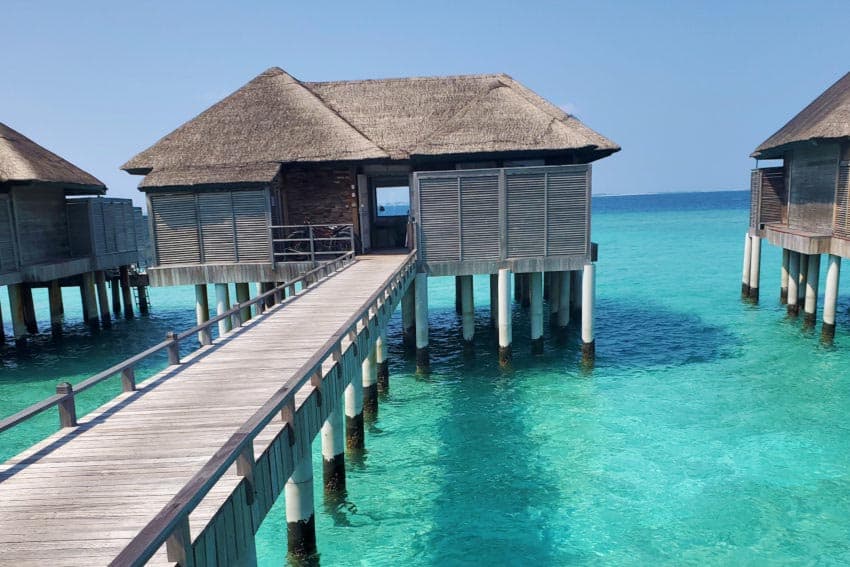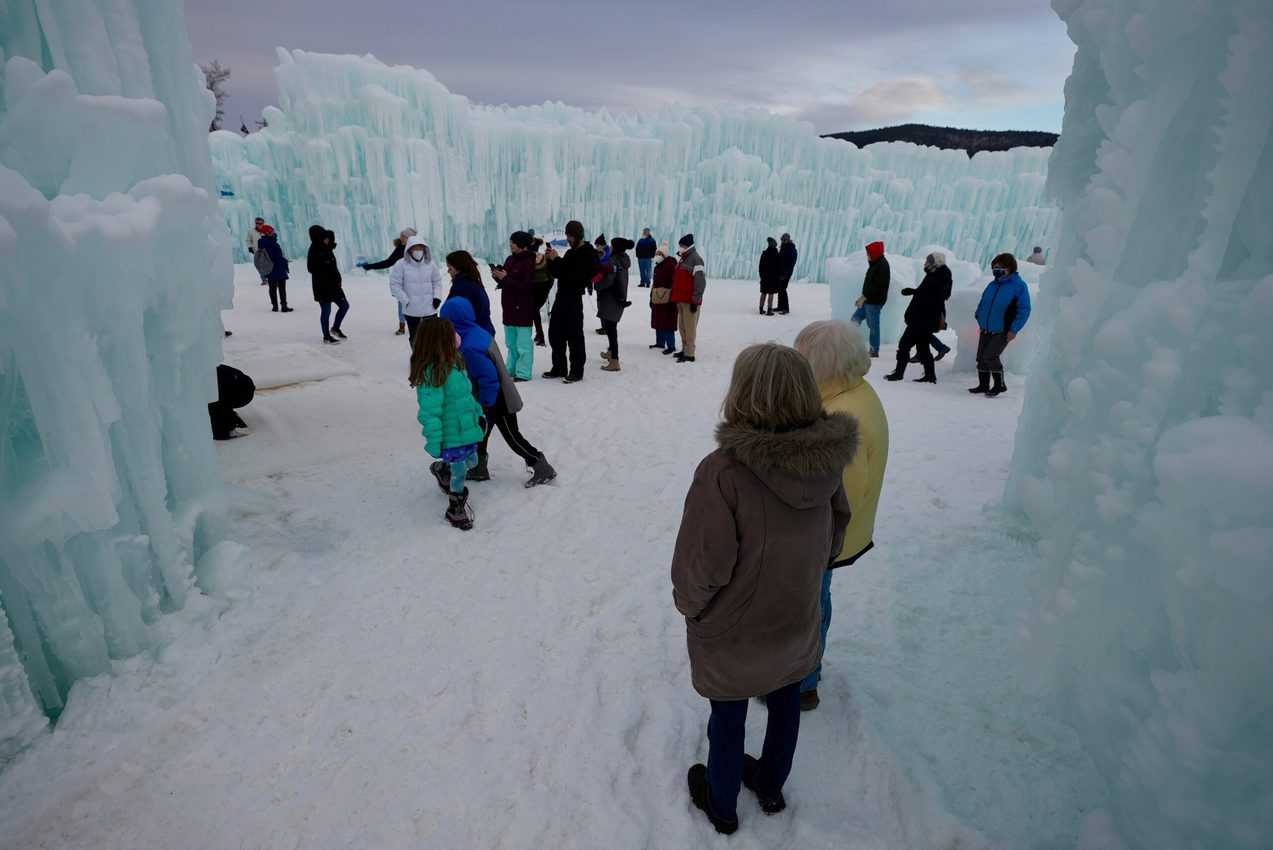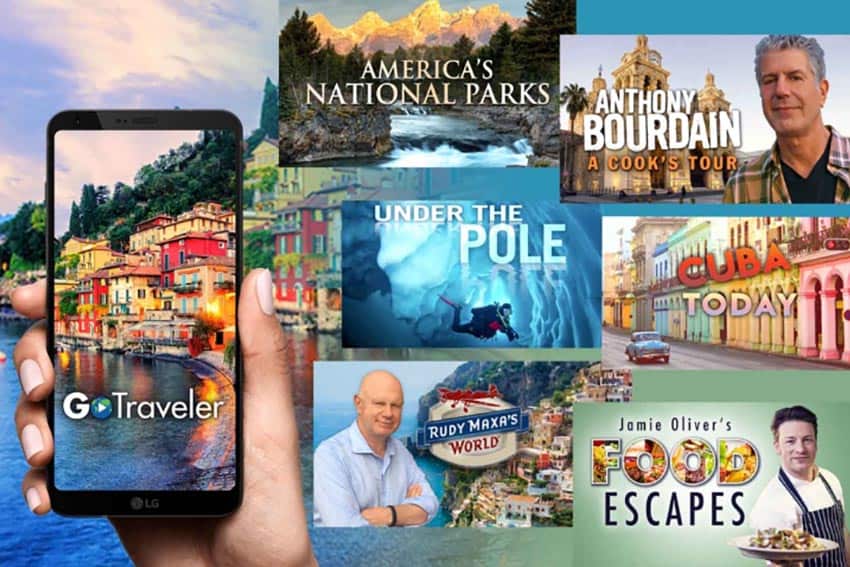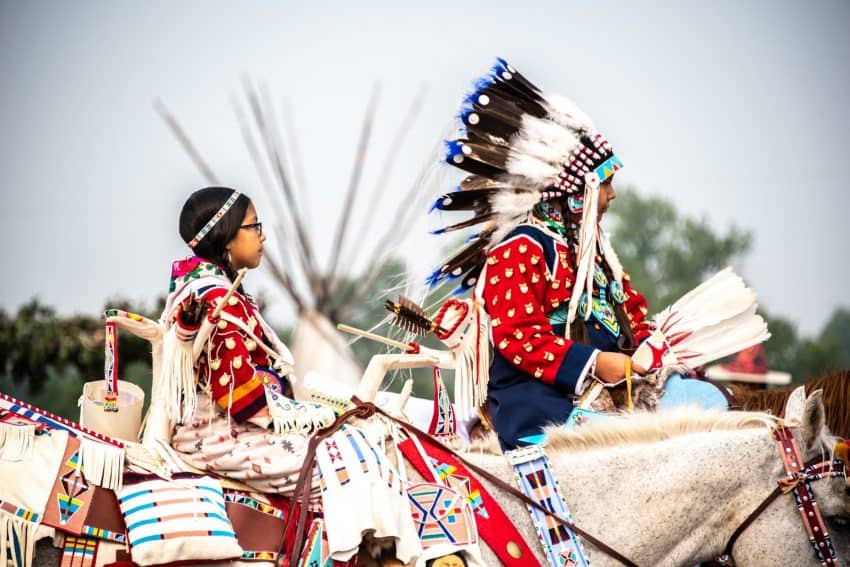
Anchorage, Alaska
By Susmita Sengupta

The young man jumped high up and kicked the suspended ball with one foot and landed gracefully back on his kicking foot without losing balance.
I was watching a demonstration of The One-Foot High Kick, a Native Alaskan sport that was also an event at the World Eskimo-Indian Olympics, an annual sporting affair completely unfamiliar to me.
My family and I were at the Alaska Native Heritage Center, about twenty minutes away on the outskirts of Anchorage, the largest city in Alaska.
We had flown into Anchorage for a brief holiday before our daughter returned back to college.
For most tourists, Alaska equals a cruise vacation, planned months, and sometimes even a year ahead. But with summer winding down in our part of the country, and having realized we needed a break, our family zeroed in on Alaska.
Our flight touched down at Anchorage at midnight and we drove to our hotel in the dark Alaskan night with no idea what the next day would bring. We woke up to majestic views of the Chugach Mountain Range with the city spread beneath. And we were ready to begin our spur of the moment Alaskan adventure.
Culture and Nature
So here we were at the Native Heritage Center museum which shows the rich art and culture of Alaska’s 11 major cultural groups like the Athabascan, Aleut, Inupiaq, Yup’ik/ Cup’ik and more.

Outside we strolled through the six authentic Native dwellings situated around the Lake Tiulana.
We had our first encounter with seeing and touching a walrus intestine skylight window followed by caribou skin top and pants with the fur facing inwards.
We stood inside a Yup’ik/ Cup’ik dwelling and listened to the guide who was explaining the use of a small tunnel at the other end, which existed so that the people inside could escape in case a polar bear walked right in which according to the guide was not as unusual as it sounded.
We were then ready to experience what Alaska is really known for, namely, its rugged natural beauty.
We started by driving on Seward Highway along the Turnagain Arm, the first stretch of highway between Anchorage and the Kenai Peninsula.
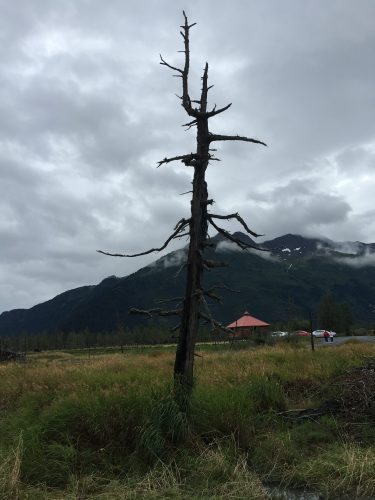
Driving towards Seward from Anchorage, the mountains of the Chugach State Park extend up to the left and to the right is the magnificent vista of the mudflats of Cook Inlet framed by snowcapped mountain peaks. It’s no wonder this drive is one of the most scenic routes in the country.
It’s no wonder this drive is one of the most scenic routes in the country.
Whichever way we looked, the landscape was breathtaking. We stopped at Beluga Point Lookout in the hopes of watching whales that are supposed to be numerous here.
We weren’t lucky enough to see them but did catch sights of their blowholes which in itself were hugely satisfying.
Along the way, we noticed dead spruce trees with a ghostly, striking appearance.
Later on, I’d find out that this was the effect of the Great Earthquake of 1964 when the land subsided by about 10 feet.
Saltwater rushed in and engulfed the tree roots thereby killing them and the trees have been left as is.
Portage Glacier
Soon we were at Portage Glacier, about 50 miles from Anchorage, and we were eager for our up and close glacier viewing boat cruise.
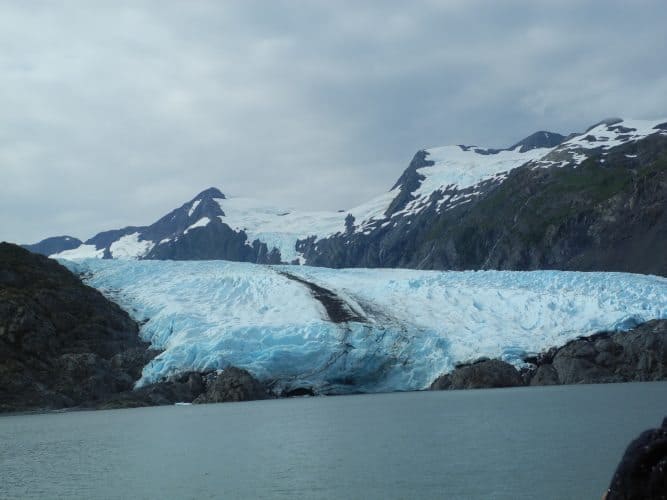
The U.S. Forest Service tour guide explained how the glacier has advanced and retreated over the years due to climatic variations.
Because of this reason the glacier is no longer visible from the Begich, Boggs Visitor Center where we stopped by to learn a bit more about the history and geographical information of the surrounding areas.
I found out that the blue ice in the towering glacier is due to the fact that blue color has the most energy and thus gets reflected back whereas all the other colors get absorbed by the ice which is dense and compact due to countless snowfalls.
Because it was a clear, sunny day, we could also see Burns, Shakespeare, Byron, and a few other glaciers.
Wildlife Viewing

On the way to Portage Glacier is also Alaska Wildlife Conservation Center, a non-profit organization that preserves Alaska’s wildlife but also provides a wonderful opportunity for tourists to experience all the glories of the Alaskan natural world with animals in their open habitat.
For people who aren’t able to see the animals that they come to expect to see in the wild, this place offers that chance with the added benefit of knowing that the aim here is the protection and preservation of the wildlife.
We got out of our car and walked around the place, watching the herds of caribou and moose, and enjoyed watching the porcupine climbing up the fence and the baby grizzly being fed.
Iditarod Trail Race

Watching the animals here reminded me of sled dogs like huskies which in turn reminded me about the Iditarod Dog Race.
At the Iditarod Trail Race Headquarters in Wasilla, we spent a wonderful few hours learning about the history of this sled dog race.
The 1049 mile long trail for this iconic winter race runs from Anchorage to Nome and starts over the first weekend in March and lasts for about 15 days. The trail began as a supply and mail route and ended up as a race of endurance and stamina.
The first race took place in 1925 when due to a diphtheria outbreak in Nome, sled dogs were used to deliver life-saving serum.
The small museum displays the various trophies, artifacts, and photographs related to the race.
The Famous Auroras

Being there in the summer, there was no chance that we would get an opportunity to see the renowned auroras of Alaska, the colorful band of lights that create a stunning display in the night sky.
At the Alaska Center for the Performing Arts, in downtown Anchorage, we took in a showing of the famed Northern Lights, thereby enjoying the full splendor of the Aurora Borealis albeit in a digital manner.
The show is held from mid-May to early September making it possible for summer visitors to enjoy an amazing natural event.
Doing an independent tour showed us that while a meticulously pre-planned cruise may be the single most popular way to visit Alaska and some of its most remote regions.
It was still entirely feasible to enjoy Alaska’s distinctive history, rich wildlife, and spectacular scenery even in a quick trip arranged at short notice.
Alaska Vacation Tips:
Alaska Tourism: website
Visit Anchorage: website
 Susmita Sengupta is a freelance writer who loves to travel. She and her family have traveled to various parts of the USA, Canada, Europe, the Caribbean, Middle East, Southeast Asia, and India. She resides in New York City with her family.
Susmita Sengupta is a freelance writer who loves to travel. She and her family have traveled to various parts of the USA, Canada, Europe, the Caribbean, Middle East, Southeast Asia, and India. She resides in New York City with her family.
- Saudi Arabia Might Be Your Next Getaway Spot - April 23, 2024
- Mongolia, the Land of Eternal Blue Sky - April 20, 2024
- These 9 U.S. National Parks Require Reservations in 2024 - April 17, 2024


